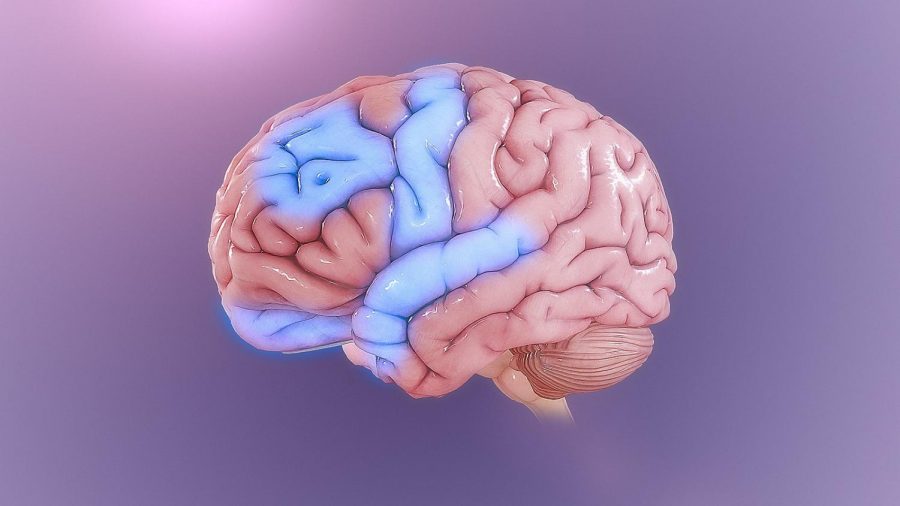OCD is not an adjective
Breaking the stigma surrounding obsessive compulsive disorder.
Courtesy of Scientific Animations
Obsessive compulsive disorder (OCD) is often seen through the lenses of the stigma that has built up for a long time. However, OCD is not to be joked about of the harm it can cause those who have OCD. Shown are some of the areas of the brain that OCD can affect.
November 30, 2020
Obsessive compulsive disorder (OCD) is described as “having a tendency towards excessive orderliness, perfectionism, and great attention to detail,” according to the Oxford Dictionary.
This is not all OCD is, however. OCD encompasses checking, intrusive thoughts, sleepless nights, fear, orderliness, repetition, scheduling, avoiding people, and hoarding. There’s so much more to OCD than meets the eye.
Say someone claims, “I’m so OCD, I wash my hands five times a day.” Doing this dismisses the disorder as a whole and it affects how people think of it. Understanding how this affects others helps so much. This is not something that helps people from day-to-day things, it can drain hours out of one’s day.
“In order for a diagnosis of obsessive compulsive disorder to be made, this cycle of obsessions and compulsions becomes so extreme that it consumes a lot of time and gets in the way of important activities that the person values,” the International OCD Foundation stated.
As a person who has been diagnosed with this disorder, I understand a lot of the day to day struggles many others deal with. I have spent hours obsessing over the way an object looks. I have spent over eight hours just trying to figure out where I can set down objects.
The stigma around OCD, and mental health in general, is exhausting. So many people are misinformed from stereotypes. Stereotypes often don’t relate, make no sense, and are extremely rude.
Some people with this disorder can’t even clean their rooms due to fear of losing something. This part of OCD is categorized as hoarding OCD. Knowing the difference not only helps people diagnosed, but people who surround them, this way they are better at supporting their loved ones.
“An individual with hoarding disorder feels the need to save possessions, often worthless possessions like trash, causing severe anxiety and distress at the thought of discarding those possessions,” Bridge Store Recovery stated.
Intrusive thoughts are also a big part of this disorder. Intrusive thoughts are different for everyone, as some can be religious, while others can be fear of losing a family member, hurting someone, or more. These thoughts are extremely time consuming and stressful.
With my experience with intrusive thoughts, these thoughts are often your fears. I often struggle with getting in the car, with the fear that we’d run right into the school if I did, but intrusive thoughts vary with everyone. Knowing more about the disorder would help so many people, and help relieve the stigma.
Luckily, there are treatment plans for OCD. This disorder is chronic and does not disappear with time, but people with this disorder can learn to manage.
OCD is not just a stereotype. It’s not just cleanliness, tidiness, or wanting to make notes look pretty. OCD is a huge struggle and it is a real disorder. It’s not something to use as a joke or an adjective to describe oneself without the real meaning behind it.



